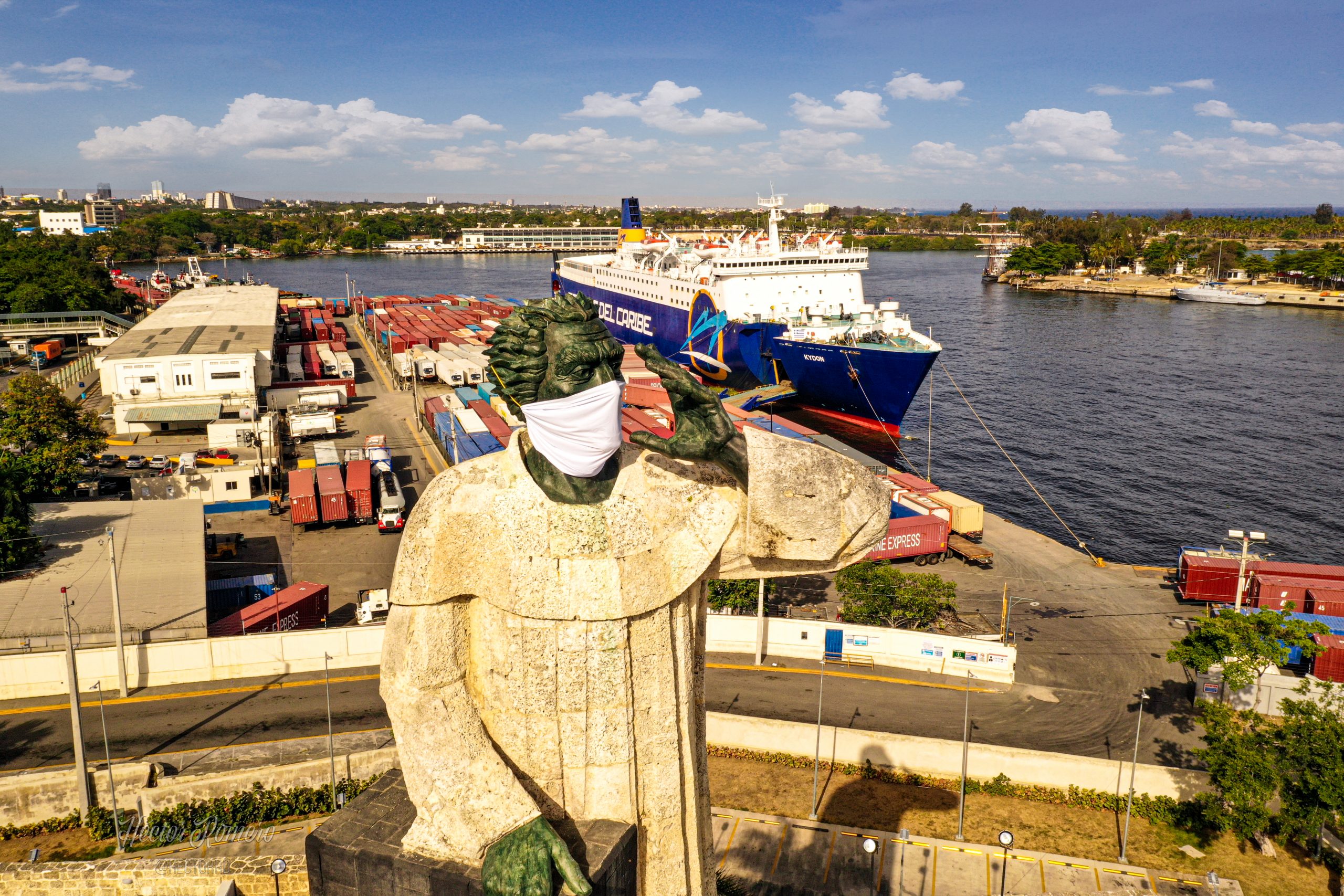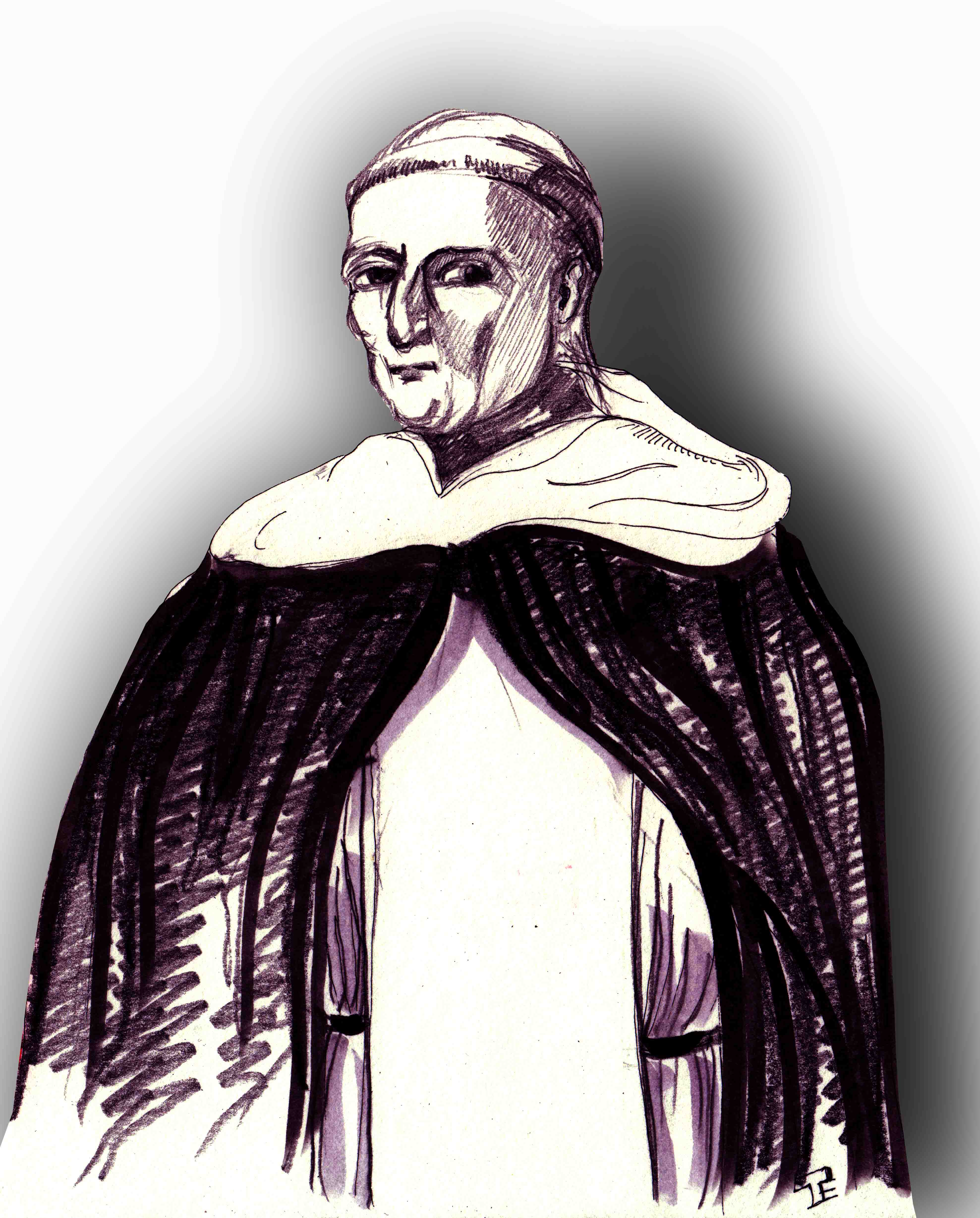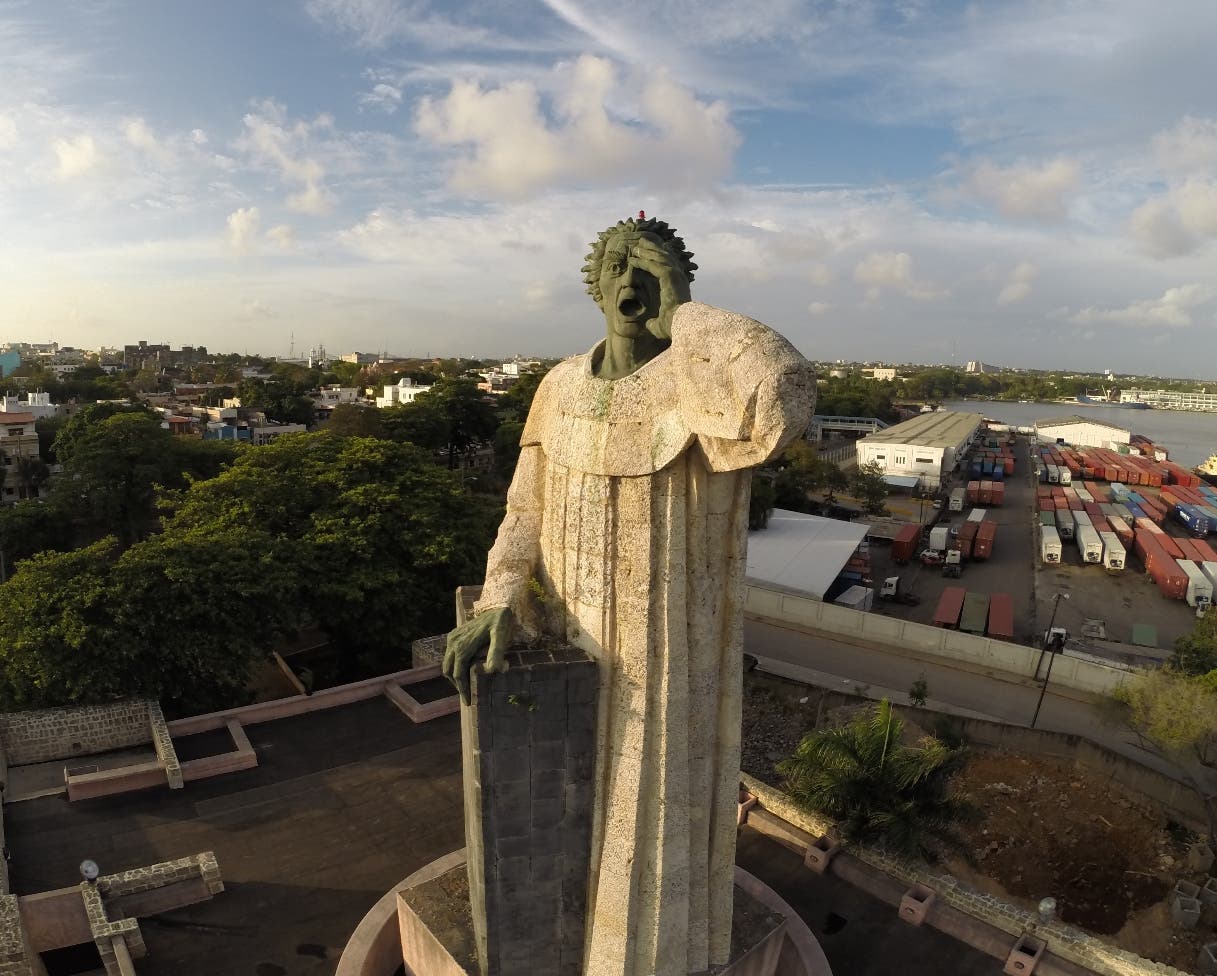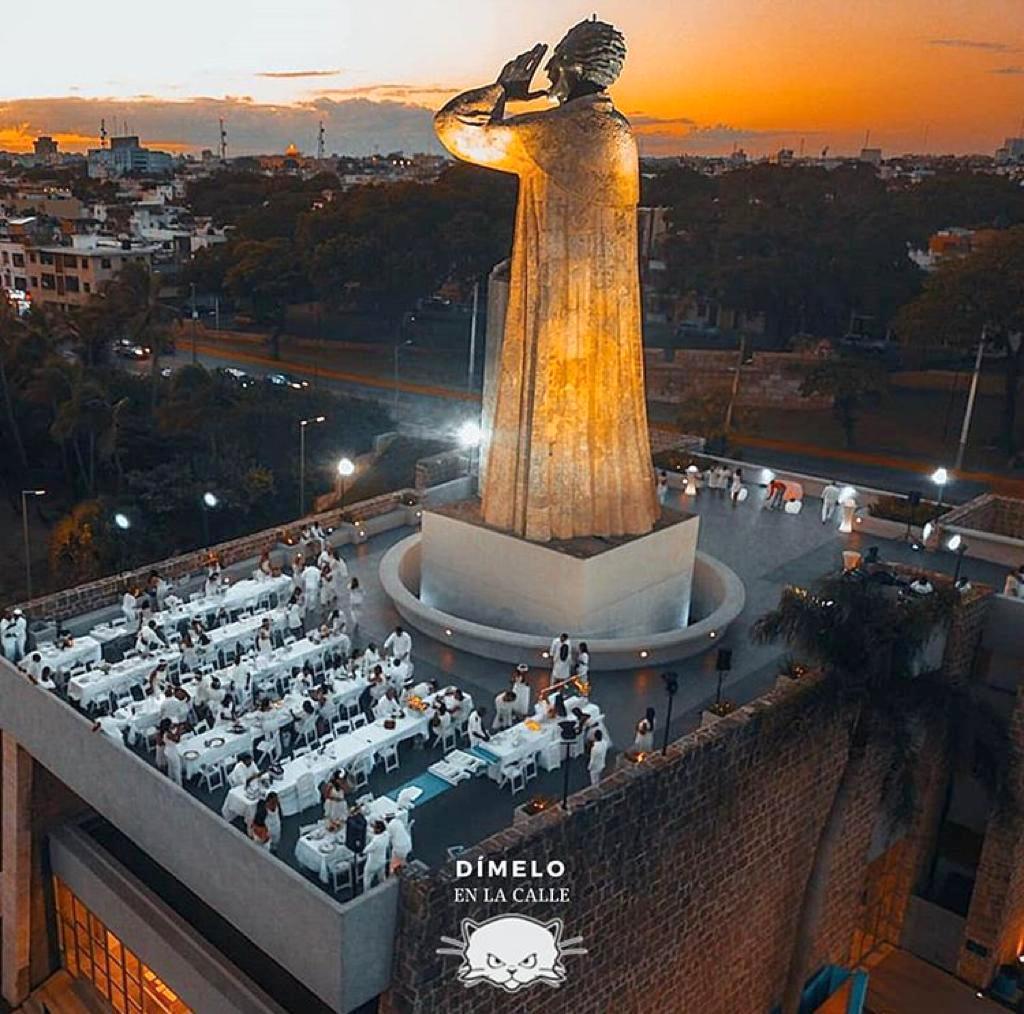
Monumento a Fray Antonio de Montesinos en Coronavirus El Nuevo Diario (República Dominicana)
New Catholic Encyclopedia MONTESINO, ANTONIO Dominican missionary and possibly a martyr; b. Spain, not later than 1486; d. West Indies, c. 1530. The birth and death dates of this Dominican friar, known also as Antonio de Montesinos, have not been accurately determined, nor is much information available on his life.

Antonio de Montesinos P.M. Wissen
Antonio de Montezinos, also known as Aharon Levi or Aharon HaLevi, was a Portuguese traveler and a Marrano Sephardic Jew who in 1644 persuaded Menasseh Ben Israel, a rabbi of Amsterdam, that he had found one of the Ten Lost Tribes of Israel living in the jungles of the "Quito Province" (that is, the Pichincha Province) of Ecuador.
/Fray_Antonio_Montesino-59124bcb5f9b5864700d6d50.jpg)
Antonio de Montesinos
Antonio de Montesinos (?-1545) was a Dominican friar attached to the Spanish conquest of the Americas and one of the earliest of the Dominican arrivals in the New World. He is best remembered for a sermon delivered on December 4, 1511, in which he made a blistering attack on the colonists who had enslaved the people of the Caribbean.

Fray Antonio de Montesinos ..IMG_3885 Santo Domingo (Rep. … Flickr
Antonio de Montesinos or Antonio Montesino, OP (c. 1475 - June 27, 1540 [1]) was a Spanish Dominican friar who was a missionary on the island of Hispaniola (now comprising the Dominican Republic and Haiti ).

Retrato de Antonio Montesinos Francis De Blas
The stirring words of Antonio de Montesinos' homily for Fourth Advent—-which shocked the unsuspecting congregation—-still echo:. Many today remember de Montesinos as a precursor to secular human rights, but this is misguided. His greatest charge against the Spanish was not that they had neglected the bodies of the natives.

Sermón de fray Antonio de Montesinos cinco siglos igual YouTube
Antonio de Montesinos was born in Spain, though it is unknown exactly when. His story really begins in 1510, when he was part of a group of Dominican friars who came to Santo Domingo to convert the native Taino population of the island of Hispaniola (what is now Haiti and the Dominican Republic). At the time of first contact with Europeans in.

Monumento a Fray Antonio de Montesinos, Santo Domingo
bibliography: C. Roth, Life of Menasseh Ben Israel (1934), 176-92, 330-1. Encyclopaedia Judaica MONTEZINOS, ANTONIO DEMONTEZINOS, ANTONIO DE (Aaron Levi ; d. c. 1650), Marrano traveler.
Fr. Miguel d'Escoto Fray Antonio de Montesinos y un Manifiesto para el siglo XXI, por la Paz y
Montesinos' Legacy brings scholars together in honor of the 500th anniversary of Dominican Antonio de Montesinos' famous sermon in defense of the rights of the indigenous Amerindians. The collection addresses the historical context for this sermon, but also the continued relevance of Montesinos today. Antonio de Montesinos' Legacy examines the origins of human rights concepts in the West.

LAS HERIDAS DEL CORAZÓN El Sermón de Montesinos, hace 500 años y hoy 500 dolores
Antonio de Montesinos (Montesino, Montezinos; d. c. 1530), a Dominican priest who was the first public exponent of the rights of the Indians in the New World. Montesinos criticized Spanish treatment of the indigenous inhabitants on Hispaniola during the early sixteenth century.

Estatua Fray Anton de Montesinos, en Santo Domingo (este personaje de la historia dominicana
Antonio de Montesinos . Antonio de Montesinos or Antonio Montesino (Spain, c. 1475 - Venezuela, 1545) was a Spanish Dominican friar who was a missionary on the island of Hispaniola (now the Dominican Republic and Haiti).With the backing of his prior, Friar Pedro de Córdoba, and his Dominican community at Santo Dominigo, Montesinos preached against the enslavement and harsh treatment of the.

Anton Montesino
The Laws of Burgos were issued by Ferdinand the Catholic. It is believed that the creation of these laws is the legacy of Fray Antonio de Montesinos, who delivered his first sermon on December 21, 1511 (aka "the Christmas sermon") advocating justice for the native peoples .

Antonio de Montesinos e la forza della parola/2
Las Casas and the Reformers . Some opposed the ghastly abuses of the Indigenous population. As early as 1511 in Santo Domingo, a friar named Antonio de Montesinos asked the Spanish by what right had they invaded, enslaved, raped and robbed a people who had done them no harm. Bartolomé de Las Casas, a Dominican priest, began asking the same questions.

Antonio De Montesinos Stockfotos und bilder Kaufen Alamy
Antonio de Montesinos: "Christmas Eve Sermon of 1511" on Just Treatment of Indians January 1, 1511 Tell me, by what right or justice do you hold these Indians in such cruel and horrible slavery?

El Día Cada Día Mejor
Montesinos' Legacy brings scholars together in honor of the 500 th anniversary of Dominican Antonio de Montesinos' famous sermon in defense of the rights of the indigenous Amerindians. The collection addresses the historical context for this sermon, but also the continued relevance of Montesinos today. Montesinos' Legacy examines the origins of human rights concepts in the West, the.

Monumento Fray Antón de Montesinos acoge versión 2019 del evento Le Dinner en Blanc ADOMPRETUR
On December 21, 1511, Fray Antonio de Montesinos preached a sermon on the island of Hispaniola in which he challenged the legality of the Spaniards' treatment of the island's Taíno population: Tell me by what right and by what justice do you hold these Indians in such cruel and horrible servitude?
Monumento Fray Antonio de Montesinos en la ciudad Santo Domingo
Antonio de Montesinos (1511) Annotation: In a sermon delivered in 1511, a Dominican friar, Antonio Montesinos, denounced the mistreatment of the New World Indians. I am the voice of one crying in the wilderness.